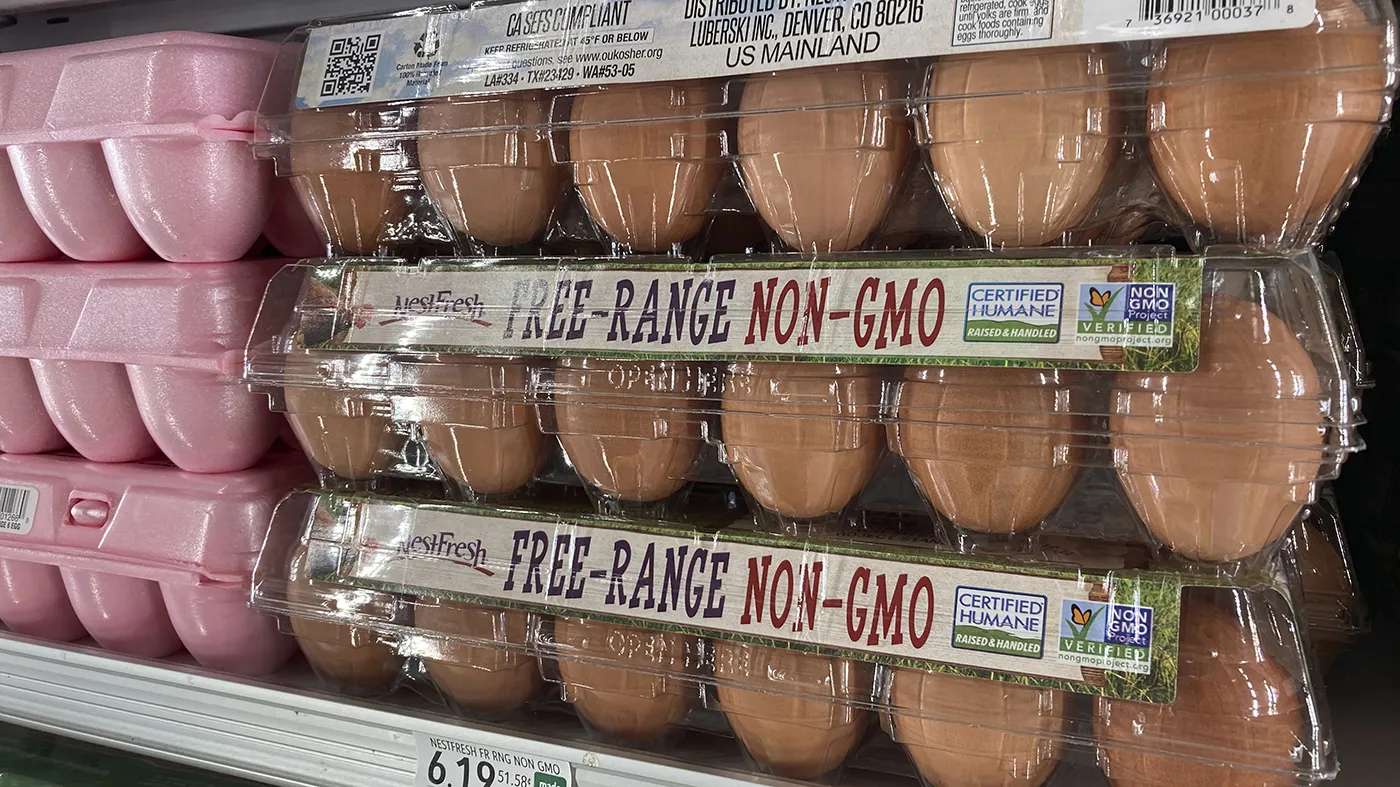Rising Egg Prices Linked to Bird Flu: Supply Chain Challenges

Rising Egg Prices Linked to Bird Flu's Supply Chain Impact
Rising egg prices linked to bird flu's impact on supply chain have surged 28.1% in the past year. According to the Bureau of Labor Statistics, the average price for a dozen large eggs was $3.20. The price spike can be attributed to both high demand and the bird flu outbreak at chicken farms.
Bird Flu Outbreak's Effect on Egg Prices
Highly pathogenic avian influenza (HPAI) has affected over 100 million birds across 48 states since January 2022, leading to reduced egg output and surging prices. As grocery industry analyst Phil Lempert indicated, "Bird flu is the number one reason for higher prices, absolutely." This outbreak forces farms to cull entire flocks to contain the virus's spread.
- High Demand: The demand for eggs remains high, compounding the price increases.
- Production Loss: Facilities can lose millions of birds due to the virus's contagious nature.
- Inflationary Pressures: Higher fuel prices, labor costs, and packaging contribute to rising costs.
Factors Beyond the Bird Flu Influence
While bird flu significantly drives prices, inflation also plays a critical role. Emily Metz from the American Egg Board noted that egg farmers are 'price takers,' unable to set prices amid market volatility. Therefore, consumers are witnessing a noticeable increase in egg prices due to a combination of factors.
This article was prepared using information from open sources in accordance with the principles of Ethical Policy. The editorial team is not responsible for absolute accuracy, as it relies on data from the sources referenced.